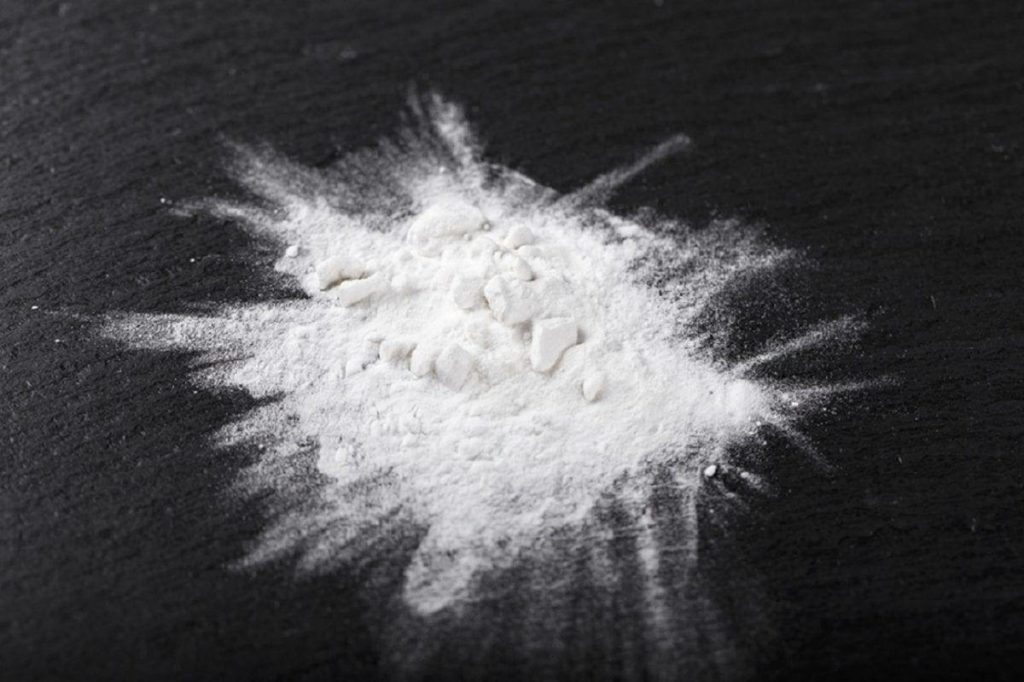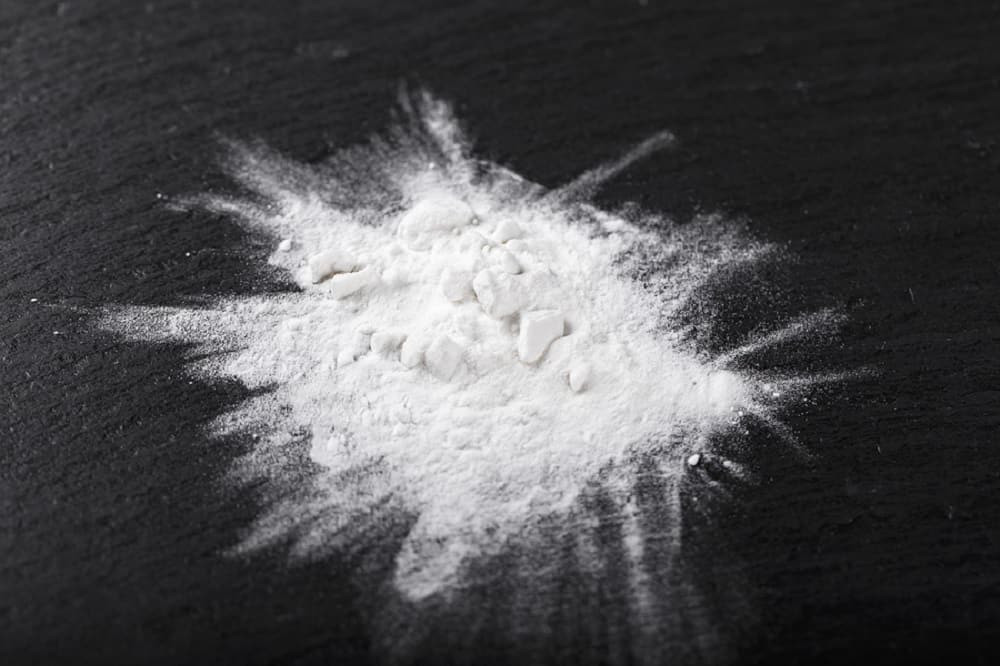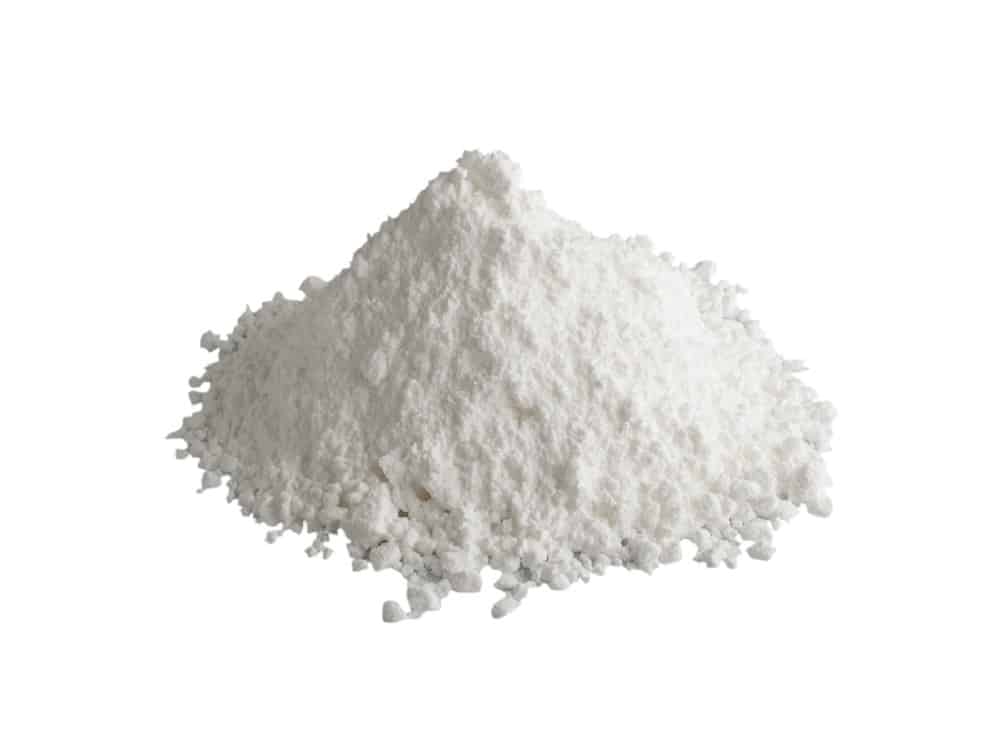“I hope the World Drug Report 2019 will shed further light on the world drug problem and inform international community responses. By working together and focusing attention and resources, we can help people get the services they need without discrimination, promote security and bring criminals to justice, safeguard health, and achieve Sustainable Development Goals.” ~ Yury Fedotov, Executive Director, United Nations Office on Drugs and Crime Ask most Americans what they think the world’s biggest drug threat is, and they will probably answer opioids such as prescription pain medication, street-level heroin, and illicit synthetics like fentanyl. But as the latest World Drug Report 2019 surprisingly reveals, there has recently been an unprecedented surge in cocaine production, flooding markets in every part of the world, especially the United States. With the global cocaine supply now at historic levels, it is more important than ever that we all understand the implications of this, the very real threat cocaine poses to our society, and what we can do to protect ourselves and our loved ones.
“Get your loved one the help they need. Our substance use disorder program accepts many health insurance plans, this is our residential program.”
What You Need to Know about Cocaine
“When it snows in your nose, you catch cold in your brain.” ~ Allen Ginsberg Cocaine is an extremely-addictive stimulant drug made from the leaves of the coca plant native to countries in South America. As a street drug, cocaine looks like a fine, white, crystal powder, and when it is snorted, smoked, or injected, it produces a powerful euphoric high that changes the brain from the very first use. The immediate “positive” effects of cocaine include extreme happiness, a surge of energy, and increased mental alert. Many users say that they are able to complete simple physical and mental tasks much more quickly. But another reason why cocaine is so addictive it’s because these effects are so short-lived. For example, the high from smoking cocaine can disappear in as little as five minutes. This is why so many cocaine users tend to binge use, compulsively taking the drug repeatedly within a short time, at increasingly higher doses as they try to maintain their high. Also known as “coke”, “blow”, “snow”, and dozens of other street slang names, powdered cocaine is usually snorted or injected, while the crystalline form, known as “crack”, is typically smoked. Cocaine is also frequently mixed with or used in combination with other drugs, such as heroin or marijuana to enhance and prolong the high. 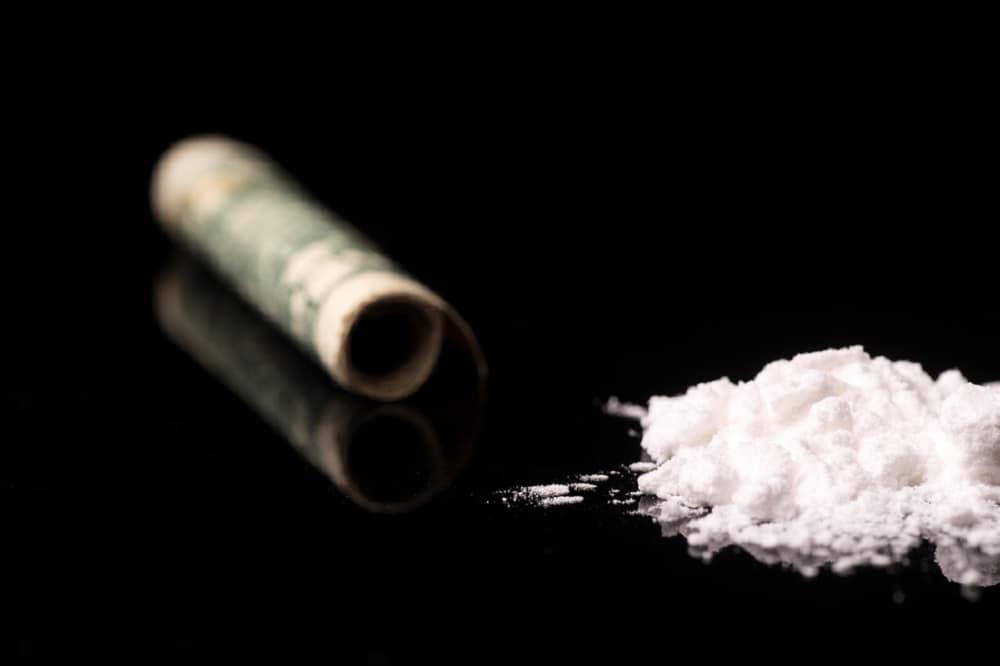
How Bad is the Problem?
“…cocaine lords are increasingly using sea transport to bring their product to western markets…We are investigating whether the MSC ships are particularly targeted, but any vessel coming in from South America, can raise a red flag.” ~ U.S. Drug enforcement agent The United Nations Office on Drugs and Crime announced that in 2017, global manufacture of cocaine he’s an all-time high of 1976 tons. This represents a 25% increase over the year before. Consider this — in June 2019, a dozen armed U.S. Customs and Border Protection and Homeland Security Investigations agents boarded a massive container ship in the waters near the southern tip of New Jersey and confiscated 39,525 pounds of cocaine, nearly 20 tons. According to officials, there were “bales and bales of cocaine”, with an estimated street value of $1.3 billion. It was the largest drug seizure in the history of the U.S. Customs agency. Significantly, the drugs were loaded onto the cargo ship as it traveled along the coast of South America. Boldly smuggling huge amounts of drugs in shipping containers is a growing trend. Earlier this year, two other container ships were intercepted while carrying cocaine. In February, customs officials seized 1.6 tons of cocaine at Port Newark in New Jersey, and in March, 1,200 pounds of cocaine was found aboard a vessel at the Port of Philadelphia. Meanwhile, on the Pacific Coast, authorities have seen an uptick in the use by traffickers of tiny “Narco-Subs” — small, inexpensive customized underwater vessels that are launched from Colombia with large quantities of drugs aboard. Within a two-month span in 2017, the U.S. Coast Guard intercepted seven of these Narco-Subs, which they designate “low-profile drug smuggling vessels,” seizing almost 23,000 pounds of cocaine, with a value of over $306 million. And through September of 2018, the Columbian Navy stopped 14 semi-submersible vessels along their Pacific Coast, more than three times the total of the year before. Each of these vessels carried up to two tons of drugs.
“We treat both addiction and co-occurring disorders and accept many health insurance plans. Take a look at our inpatient program.”
Columbia Leads the Way
“Cocaine production has been massively increasing, particularly in Colombia… it’s a significant boom. The overall level we have now, we have never seen before.” ~ Thomas Pietschmann, Research Officer, World Drug Report It starts in Columbia, the country responsible for 70% of the world’s cocaine production and a whopping 93% of the cocaine in the United States. Between 2016 and 2017, the area used for coca bush production increased by 17%, which resulted in a 31% increase in actual cocaine production. Globally, however, the statistics are even more startling. Compared to a decade ago, the amount of cocaine manufactured has increased by 50%. From 2016 to 2017, the amount of land used for cocaine cultivation grew by 15%. Specifically in Columbia, the land area devoted to coca plant cultivation tripled between 2013 and 2017. To help you visualize what that really means, the area of land dedicated to growing cocaine is equivalent to over 343,000 soccer fields. During that same period, global production jumped by 25% for a total of 1976 tons of 100% pure cocaine. That is double the amount of cocaine produced in 2013. Again specifically to Columbia, the clandestine manufacture of cocaine increased by fivefold between 2013 and 2017, from 290 tons to 1379 tons. But there is also good news. As law enforcement efforts have become more effective and international cooperation has improved, the amount of cocaine seized by authorities has jumped by 74% during the same time period. 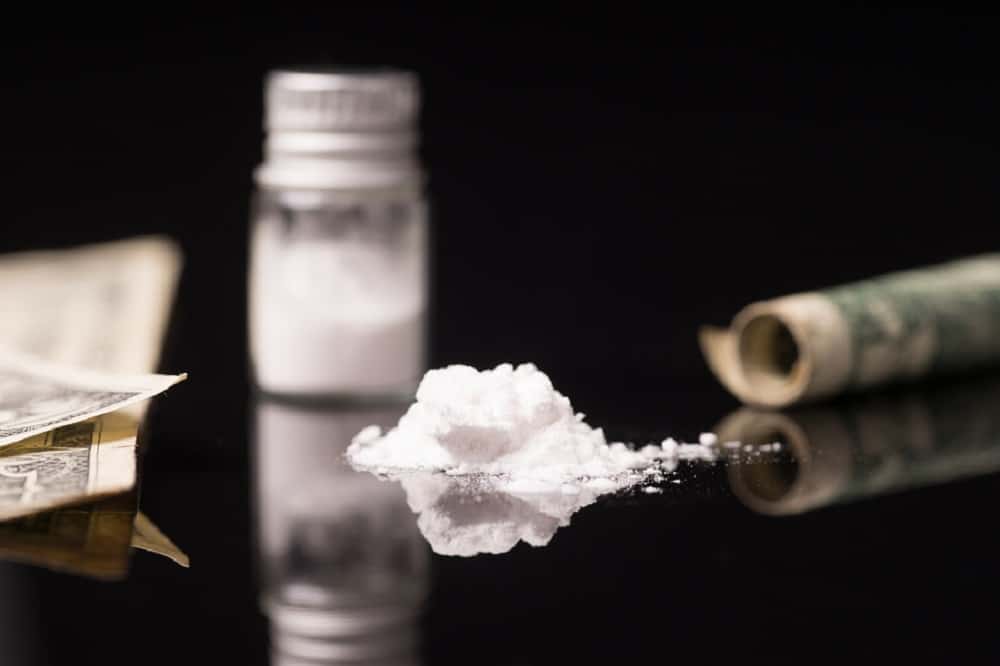
How Does Cocaine Get into the United States?
“Even if you put every single resource you have on something, I’m not sure you stop it because the other side has a lot more resources to actually move it along. It goes back to the demand side in the U.S. If the demand wasn’t so high, then you wouldn’t have the supply problem.” ~ David Shaw, Homeland Security Investigations This is important to U.S. residents because North America consumes more cocaine than any other part of the world. The primary drug trafficking destination for Colombian cocaine is the United States. This is evidenced by the fact that between 2013 and 2017, 94% of all the cocaine seized in North America was in the U.S.. Approximately 90% of the cocaine in the United States is smuggled in via Mexico, originally coming from countries in South America, primarily Columbia, Ecuador, and Peru. 52% of the cocaine that reaches Mexico comes over land through Guatemala, while 45% is smuggled in via the Eastern Pacific. And from Mexico, the vast majority of that cocaine —94%— is either used domestically or trafficked into the United States. Just 4% is sent to other destinations such as China.
Who is Using Cocaine?
“…from 2011 to 2018, we’ve seen an increase in cocaine consumption… of 56%. This is really quite dramatic. And this is a conservative estimate.” ~ Thomas Pietschmann Worldwide, over 18 million people used cocaine within the past year, less than half a percent of the population between the ages of 15 and 64. In the United States, however, 2.2% of residents age 12 and older report past-year cocaine us, or five-and-a-half times the global rate. That equates to almost 6 million people. And of that nearly 6 million, more than a third admit to using within the past month, and 6% use daily or near-daily. Importantly, the use of past-year cocaine use has been steadily increasing since 2011, and that increase accelerated in 2017. The highest usage rates are in Western and Northeastern states, at 2.5% and 2.3%, respectively. Why is this increase happening? The increase appears to be the result of greater availability, higher purity, and cheaper prices than ever before. Between 2012 and 2017, the average purity of the cocaine available in the United States went up, while the price per pure gram went down. Between January 2012 and March 2017, the average purity of retail-purchased cocaine increased by 22%, while the price decreased by 8%. In one year alone, between 2015 and 2016, the retail price for a pure gram of cocaine dropped by over 18%, going from $202 to $165. This seems to be a bigger problem in Western cultures than it is in the East. For example, the usage rate in Australia/New Zealand is 2.2% — highest in the world– followed by North America at 2.1%, Western/Central Europe at 1.3%, and South America at 1.0%. However, the demand for cocaine is far lower in Asia and Africa, where many counties have usage rates lower than .01%. 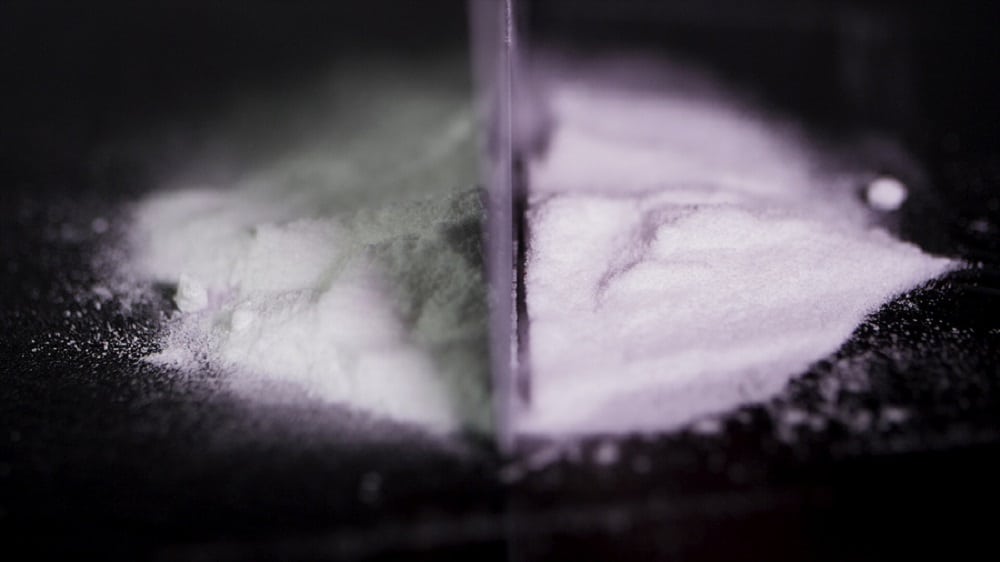
Other Important Statistics about Cocaine Use in America
“The CDC reported that cocaine-involved drug poisoning deaths increased for the fourth straight year, with more cocaine deaths recorded in 2016 than in any year since at least 1999.” ~ U.S. Drug Enforcement Administration, 2018 National Drug Threat Assessment Would it surprise you to learn that cocaine is the third-most used drug in America? That’s right, despite the ongoing headlines, more people abuse cocaine than prescription opioid painkillers.
- According to the most-recent National Survey on Drug Use and Health, almost 15% of U.S. residents have tried cocaine at some point in their life.
- Of special concern, 1 out of every 25 people has tried crack cocaine.
- Right now, there are approximately 432,000 current crack users, Individuals who have used the drug within the past 30 days.
- Since 1999, cocaine overdose deaths in the United States have tripled.
- In 2017, nearly 15000 overdoses involved cocaine, compared to less than 5,000 in 1999.
- Cocaine use is highest among young adults between the ages of 18 and 25 — over 6% admit to using cocaine within the past year, and nearly 2% are current users.
- Among the various ethnic groups within that age demographic, Native Amerians have the highest rates of cocaine use —by a wide margin— followed by Whites, Latinos, and, to a far lesser degree, Blacks and Asian-Americans.
- Men are around 50% more likely to use cocaine than women.
- College graduates use cocaine at much higher rates than those with a high school diploma or less.
- Usage rates are highest among people with full-time jobs, compared to those who are unemployed or only employed part-time.
- Among young adults, the “ typical” cocaine user is White, male, and a college graduate.
- The Drug Report also says that the use of crack cocaine is highest among males, African Americans, those who possess less than a high school education, and people who are unemployed.
“We accept many health insurance plans. Get your life back in order, take a look at our residential program.”
Warning Signs of Cocaine Use and Addiction
“Cocaine for me was a place to hide. Most people get hyper on coke. It slowed me down. Sometimes, it made me paranoid and impotent, ut mostly, it just made me withdrawn.” ~ Robin Williams According to the NSDUH, 867,000 have had a Cocaine Use Disorder within the past year. Considering the number of total users, this shows the extreme addiction potential associated with cocaine. This makes it very likely that you know someone who has struggled or is struggling right now. That fact, and the fact that cocaine overdose deaths are skyrocketing makes it that much more important that you learn to recognize the red flags and warning signs indicating cocaine abuse and addiction.
- Dilated pupils
- Manic energy
- Extreme confidence
- Excitability
- Talkativeness to the point of rambling
- Irritability
- Wild mood swings
- Long periods of wakefulness
- Constant “sniffing”
- Lack of appetite
- Weight loss
- Inattention to personal hygiene — dirty clothes, your regular bathing, Etc.
- “Crashing” — Sleeping excessively when the drug wears off
- Deep depression when the drug isn’t available
- Secretive Behavior
- Social withdrawal from family and friends, hanging around new people
- Loss of Interest in other activities
- Missing money or financial problems
- Legal complications
- White residue around nostrils
- Burn marks on the fingers or lips
- Drug paraphernalia — baggies, spoons, pieces of straws, razor blades, small mirrors
Why is Cocaine So Addictive?
“The moment you shove it up your nose, it races into your bloodstream, heads directly into the pleasure center of your brain, kicks down the door, jams your Fun Throttle forwards into ‘way too fast’, and dumps the clutch. Cocaine doesn’t bother about looking, smelling, or tasting good. It doesn’t have flashy packaging. It doesn’t need to.” ~ Dominic Streatfeild, Cocaine: An Unauthorized Biography Cocaine, like other abused substances, affects the user’s brain by triggering a massive surge in the release of dopamine, the natural neurotransmitter associated with reward, pleasure, learning, and motivation. in essence, cocaine fools the user’s brain into treating the drug use is a behavior necessary to survival, such as eating or sex. Depending on the method of delivery, a cocaine user can be rewarded almost instantly with intensely-pleasurable sensations more powerful than orgasm. From the very first use, the brain learns to associate cocaine use with that surge of pleasure, And so it motivates the person to repeat the behavior again and again, as often as possible. However, chronic use of cocaine affects their drug response. Developing addicts find that they need larger and larger doses in order to experience the same pleasurable effects. the need to continually increase the dosage is known as tolerance, and it is the first step on the slippery slope to addiction. But over time and with repeated use, this artificial overstimulation of the pleasure centers of the brain results in a diminished response to ANY activity. A severely addicted person becomes unable to experience motivation or pleasure from any source other than drugs. This is why they lose interest in formerly-enjoyed activities and hobbies. This is the first sign of a serious cocaine dependence, another warning sign of a diagnosable addictive disorder.
Even One Time Makes a Difference
“There’s no happy ending to cocaine. You either die, you go to jail, or else you run out” ~ Sam Kinison According to recent research conducted at UC Berkeley and UC San Francisco, cocaine rapidly re-wires the high-level brain pathways responsible for learning, decision-making, and memory. Of alarming elevance, this re-wiring begins after the very first dose. After performing cellular-level examinations of laboratory mice that had been given cocaine, researchers found that after the initial dose, the mice’s brains showed aggressive growth of dendritic spines – structures that connect neurons and create the nodes within the brain’s pathways. The lead author, Dr. Linda Wilbrecht, Assistant Professor of Psychology and Neuroscience at UC Berkeley, said “Our images provide clear evidence that cocaine induces rapid gains in new spines, and the more spines the mice gained, the more they show they learned about the drug.” “Learning about the drug” means that the lab mice would compulsively seek out more cocaine, to the exclusion of all other needs. During the experiment, the mice were allowed to freely explore two separate chambers with different designs and scents, and researchers noted which chamber the mice preferred. Then, the mice were given more cocaine and placed in the chamber that was NOT their preference.. When the mice were later given their choice of chambers again, but this time without being given cocaine, the mice overwhelmingly chose the non-prefered chamber. Researchers theorize that the mice were seeking out more cocaine. “The ones that develop the biggest change in preference for the cocaine inside were also the ones that grew the most spines…We have limited real estate in the brain, and this shows how drugs dominate what its users think about. Drug exposure fuels drug use, potentially at the expense of other priorities.” Dr. Wilbrecht explains. This could help explain how in humans, addiction creates compulsions far stronger than the personal desire for a balanced, productive, and healthy life. Dr. Wilbrecht continues, saying, “We’ve long known that when you become a repeated drug user, the search for more drugs tends to dominate your attention and decision-making. But it’s quite shocking that these neurological changes happened after just one use.” Wilbrecht is optimistic, because the brain continually grows and loses new spines, explaining “The frontal cortex regulates decision-making, and, as we grow up, we make decisions in an increasingly habitual manner. But the brain can rewire, and it is rewired by lots of experiences…So even though it was so much more rewired by the exposure to cocaine than it usually is, it can return to normal. I see this as evidence that recovery is possible.”
What You Need to Know about Cocaine Withdrawal
“They did not start using drugs for any reason they can remember. They just drifted along until they got hooked. If you have never been addicted, you can have no clear idea what it means to need (drugs) with the addict’s special need. You don’t decide to be an addict. One morning you wake up sick and you’re an addict.” ~ Willim S. Burroughs, Junky Perhaps the biggest warning sign of cocaine addiction is withdrawal When the drug is unavailable or when the person tries to quit, they suffer physical and psychological symptoms that are so painfully uncomfortable that the addict will do almost anything to compulsively use cocaine again. In essence, the addicted brain has become accustomed to the presence of cocaine. In a very real way, the person becomes unable to function at all unless they are under the influence. Where once they used cocaine because it made them feel good, now they must use constantly, to keep from feeling bad. Symptoms manifest within 24 hours after the last dose, in stages: 24-72 hours:
- Strong, almost-irresistible cocaine cravings
- Aggression
- Irritability
- Anxiety
- Restlessness
- Confusion
- Disorientation
- Inability to concentrate
- Severe depression
- Overwhelming feelings of remorse, guilt, and shame
- Extreme hunger
- Pronounced fatigue
- Prolonged insomnia
4-7 days:
- Worsened anxiety
- Agitation, to the point of panic
- Short temper
- Severe
- Paranoia
- Dissatisfaction with life
- Apathy
- Deepening depression
- Increasing hunger
- Decreasing cravings for cocaine
7-14 days:
- Lingering feelings of anger
- Recurring nightmares
- Rebound cravings that re-increase
- Poor sleep quality
Post-Acute Withdrawal Syndrome (PAWS): Some cocaine addicts experience a return of a number of symptoms at the 3-6 month benchmark:
- Unexplained anxiety
- Severe depression
- Powerful cocaine cravings
- Irritability
- Unpredictable changes in mood
Due to cocaine-induced brain changes, PAWS can persist periodically for up to two years, often appearing with little to no warning.
The Dangers of Cocaine Abuse
”Autophagy is the housekeeper that takes out the trash – it’s usually a good thing. But cocaine makes the housekeeper throw away really important things, like mitochondria, which produce energy for the cell.” ~ Dr. Prasun Guha, Johns Hopkins University School of Medicine The most obvious hazard posed by cocaine is the risk of overdose. And, as mentioned above, drug deaths involving cocaine have spiked sharply in recent years. With greater availability, increased purity, and lower prices, that problem is likely to only get worse. But there are other dangers that most people — including cocaine users — are completely unaware of:
- Cocaine use can result in serious medical complications, including stroke, brain damage, heart disease, and seizures. It is possible to have a potentially-fatal medical emergency from a single dose of cocaine. Chronic use can cause lasting damage to the brain and cardiovascular system.
- High doses of cocaine kills brain cells by inducing a process that causes those cells to eat themselves.
- Cocaine negatively affects the frontal lobe and limbic region of The brain, impairing the user’s ability to recognize emotions in others or show empathy. Cocaine addicts also have difficulty processing moral decisions and judging between right and wrong.
- Pure cocaine is usually cut by drug dealers with other substances to increase profits. Sometimes, the cutting agent is harmless — baking soda, caffeine, or baby formula, for example. Other times, it’s not so harmless, such as when laxatives or even laundry detergent is used.
But with increasing frequency, cocaine purchased on the street has been adulterated with dangerous, even deadly, substances. Levamisole, an anti-worming agent, can cause skin necrosis, a reduction in the number of white blood cells, increased risk of infection, and even brain bleeding. Fentanyl, an extremely-powerful synthetic opioid painkiller that is up to 100 times stronger than morphine, is showing up as a cocaine cutting agent with alarming frequency. This is such a problem because fentanyl is so potent that a dosage as small as 6 grains of salt can be deadly. An unaware user can snort their “usual” dose of cocaine and quickly suffer an overdose. For example, in Connecticut, the number of fatal overdoses involving both cocaine and fentanyl has ballooned by 420% within just the past few years.
Treating Cocaine Addiction
The primary treatment for cocaine addiction is psychosocial counseling aimed at changing the user’s behaviors. Depending upon the individual, their history of drug use, and the existence of any co-occurring mental disorders, the recommended course of action maybe a stay at a residential facility, outpatient rehab, or a combination of both. The most-commonly used evidence-based cocaine treatment programs typically include a combination of:
- Education about cocaine and the disease of addiction
- Individual counseling
- Cognitive Behavioral Therapy
- Healthy coping skills
- Peer group therapy
- Relapse prevention and response
- Stress reduction
- Exercise
- Proper nutrition
- Trigger avoidance
- Treatment for any Comorbid mental illnesses, such as anxiety, depression, or bipolar disorder
- Couples and/or family counseling
- Yoga
- Therapy involving art, music, poetry, or journaling
- Service animal or equine therapy
Are There Medications for Cocaine Addiction?
The “gold standard” of addiction treatment combines the counseling approach with the use of prescription medications that can reduce drug cravings and alleviate symptoms of cocaine withdrawal. Medications that can be used during the treatment of cocaine addiction include:
- Baclofen: May reduce the amount of dopamine released by cocaine use
- Disulfiram: Reduces stress-related relapse
- Tiagabine: Improves abstinence
- Topiramate: Increases the number of cocaine-abstinent days
- Modafinil: Reduces cocaine cravings
There is no such thing as a “ magic pill” that somehow cures addiction. Unfortunately, there IS no cure. Addiction is a lifelong disease that, with timely intervention and effective treatment, can be managed. The combination of counseling and medication is one of the best ways to do just that.Without the pain of withdrawal or the overwhelming temptation of constant cravings, the person can more fully concentrate on learning and applying the lessons of recovery.
Celebrities Who Have Battled Cocaine Addiction
Addiction is a disease that does not recognize boundaries of age, gender, education, fame, income, or success. Even someone who “ has it all” can suffer this life-threatening illness. So it should come as no surprise that there are many famous people who have struggled with cocaine addiction.
- Tim Allen, comedian and actor
- Drew Barrymore, actress
- Robert Downey Jr., actor
- Angelina Jolie, actress and director
- Stephen King, author
- Demi Lovato, singer
- Kate Moss, supermodel
- Aaron Sorkin, screenwriter
- Steven Tyler, musician
In each case, the person received professional help and was eventually able to fully recover and enjoy their most success. What this teaches the rest of us is that recovery IS possible.
What Does This Mean to You?
A record global Supply of cocaine, increased availability, greater purity, and lower prices than ever means one thing — more cocaine users. This is already happening. Since 2013, the number of people every year who try cocaine for the first time has spiked by over 80%. And more users means more cocaine addicts. One out of every six people who Used cocaine will eventually become dependent or addicted. Whether you know it or not, it is extremely likely that someone you has used or is using cocaine. There is no such thing as a “ typical” drug user — the cocaine addict in your life can be your spouse or partner, one of your parents, your child, some other family member, or a co-worker. It can even be YOU. The disease of addiction is much too big and much too complicated of a problem for anyone to handle on their own. So if you or someone you care about is struggling with problematic cocaine use the best thing that you can do for yourself and your future is to contact a reputable rehab program so you can immediately get the specialized professional help and support that you need.

